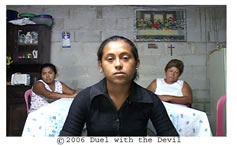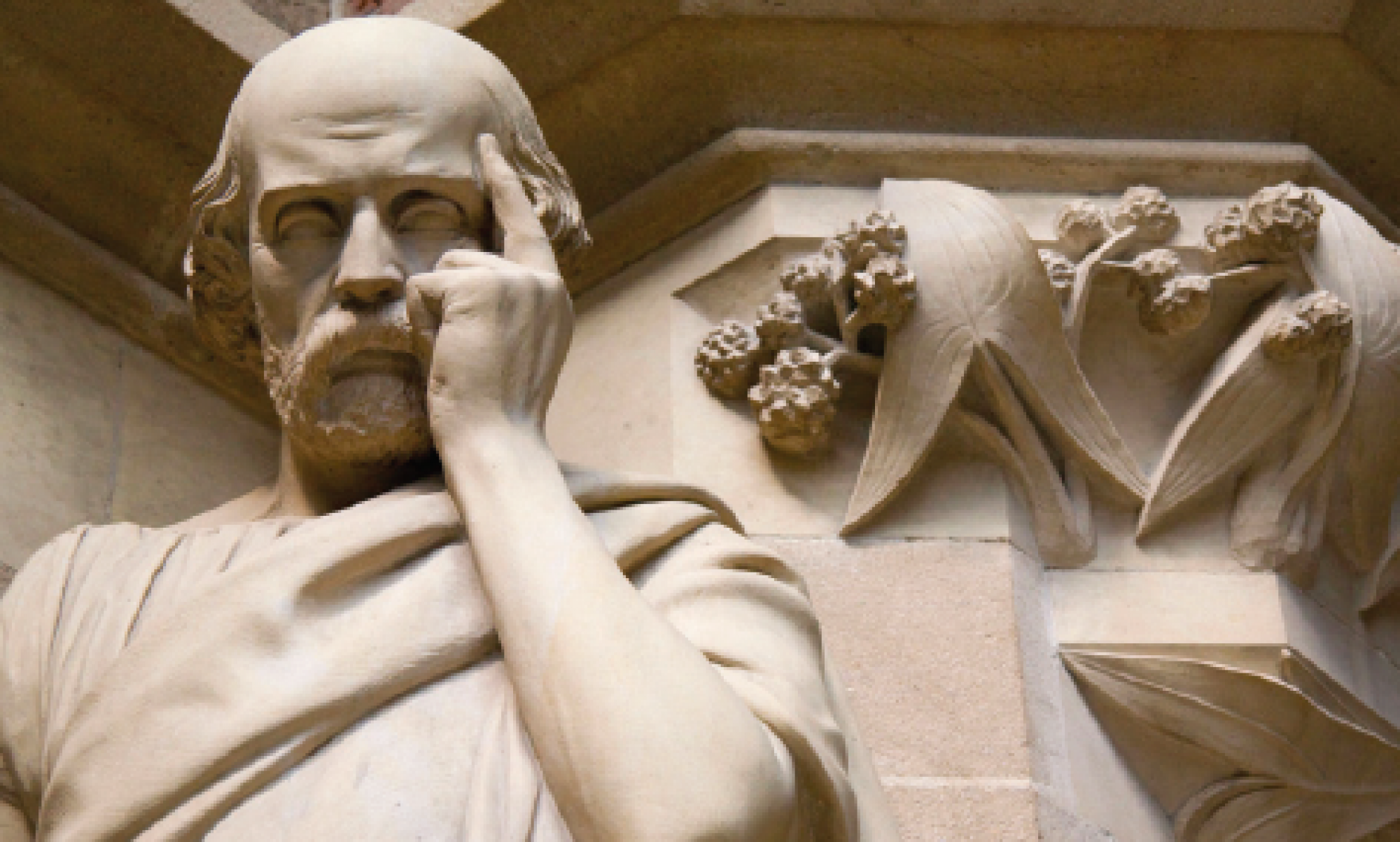A wonderful talk by Elizabeth Moreno from AVANCSO, a leading social science research centre that works directly with popular sectors on issues of racism and social justice. A PDF of the talk is attached here. Permission should be secured from the author before any public use of this material.
November 25: March to Protest Violence Against Women
On Wednesday we decided to attend a demonstration in Guatemala City to protest violence against women. We arrived at the Plaza de la Constitucion around 10:00 am. The Plaza stretches out in front of an ornate National Palace, which was converted some time ago into a museum. The offices of the president were moved from the palace to a more secure location: the building that used to be a military barracks directly behind it. We arrived before the protesters marched into the plaza, which gave us an opportunity get our bearings. Wandering around the plaza we saw placards against the Salvavidas company, which has declared insolvency to avoid paying its workers; we met with hunger strikers seeking budgetary support for services for the elderly; and finally we came to the “wall of shame” which showed pictures of prominent men accused (none sentenced) of sexual assault, including two former presidents, generals, ministers, former guerrillas, and others. There was also a huge cloth mantel the length of a city block and 6 feet high with hand marks (symbolically saying “stop”) and the words “Yo tambien fui violada; lo hablo; me rebelo; y con otras, me defiendo” (“I too was raped; I speak; I rebel; and with others defend myself”).
Since the march had not arrived we wandered down the narrow downtown streets until we met the procession en route. There were caravans with big floats, and processions—some somber, others exuberant—representing all manner of associations and walks of life; there were old and young; men and women; white, ladino and native; gay and straight, even transvestites (and they raised the most eyebrows among the passers-by) who were remembering three of their friends killed in the last two months. Everyone seemed pretty sympathetic, even the cops. I’ve never felt safer on the streets of Guatemala City than I did among this group.
Once we got to the plaza we stood or sat and listened to speeches of uneven quality on a broken microphone, including a speaker representing people in Honduras in resistance against the coup. The thrust of the protest was to demand that the Guatemalan government take responsibility for that fact that violence against women is a huge problem in Guatemala: that it has not abated with the end of the internal conflict, and that, indeed, there is a direct connection between the ongoing abuses of women and the genocidal violence of that period. More than the speeches I was moved by conversations with a group of women from a village about an hour from Guatemala City who told me that their mayor denies the existence of violence against women but that they get action from the public ministry whenever they denounce an injustice simply because, while officials can ignore one complaint, they cannot turn a blind eye when a whole crowd of women turns up on their doorstep.
The class discussion that followed our participation in the march was both insightful and perceptive.



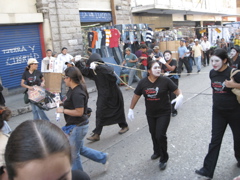
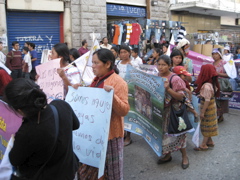
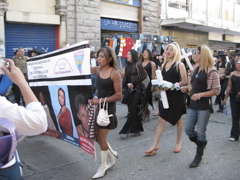

November 24: Visit to Canadian Embassy
On our second day we visited the Canadian Embassy. Embassy counselors working on political and aid issues made two excellent presentations. The history of Canadian involvement in Guatemala was discussed, as well as current aid efforts and bilateral relations.
We were shown how aid agencies measure extreme malnutrition with a sliding tape that measures the circumference of the upper arm of a small child and told that 11 percent of kids in certain rural areas of Guatemala are at risk of starvation. The conditions in these areas are as bad as in Haiti. What is most shocking is that Guatemala’s relatively high per capita income (it is one of the poorest countries in Latin America, but not considered among the lowest income globally) should mean that such extreme misery should not be a problem, and yet local elites regard such a humanitarian crisis as normal: “the Indians are always starving” they say. Some students were struck by the observation that the poorest and most vulnerable are rural indigenous girls, who may not have access to education or speak Spanish.
We had a substantial discussion of the degree and nature of Canadian influence in Guatemala, as well as how the Embassy works internally. Officials believe that Guatemala is a country where Canada can have an impact. Although small (pop. 13 million) and remote (albeit bordering on the NAFTA zone), Guatemala since the Peace Accords has grown accustomed to a level of international involvement that in other countries would be regarded as intrusive. Canada participates in a powerful consortium of donors. One of their frustrations is the incapacity of the state to even spend the money it is granted. The Guatemalan state is so weak that it is estimated that 30 to 40 percent of the country is not effectively controlled by the state. 70 percent of health, education, and security are in private hands. Marginal tax rates are low: paying income tax is basically voluntary and the main source of revenue is import taxes.
Students were especially keen to hear about Canada’s efforts to promote Canadian business, especially mining. The embassy officials characterized Canada’s role as, in essence, seeking to ensure Canadian business is treated on a non-discriminatory basis under Guatemalan law. Acknowledging that Canadian firms may be seen as part of a continuation of the foreign exploitation of natural resources that dates back to the Spanish conquest, embassy officials insisted that it is up to firms to show that they are different. Canadian firms must act in compliance with Guatemalan laws; Canada cannot at this point enforce Canadian policies on our companies abroad. This could change with bill C300, which would regulate the activities of Canadian extractives abroad. The embassy seeks to facilitate dialogue and its doors are open to all sides. It does not “lobby” on behalf of Canadian mines, but it does speak for them on certain issues.
Finally, officials observed that Guatemala is quite different from the rest of Latin America. It is less Latin, for one thing. It has a “left populist” leader who, in fact, is doing little to challenge the status quo; the government calls itself the first indigenous government in Guatemala, but only has one indigenous minister (who is, of course, responsible for the culture portfolio). In short, Guatemala is a “country of illusions.” On our way out, we spotted graffiti on a construction site across the street in front of the embassy that said: “Canadian mining out of our country!”
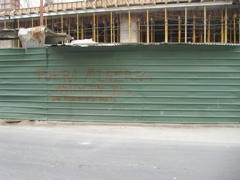
November 23: First day of Poli 332 in Guatemala
The first class began with a video: “Duel with the Devil,” produced by the Justice Education Society in the Law Courts of BC, which, as the Teacher’s Guide says, “takes us to the streets of Guatemala City where on a ‘bad day’ fifteen people can be found murdered.” The video describes violence in Guatemala from the perspective of the police, the criminals, the victims, judges, and lawyers. Judging by conversations with students, who watched with somber aspect, the description of the experience of a young rape victim was probably what had the greatest impact. The video does a great job of emphasizing the costs of violence, which, in addition to the direct loss of life and limb, include loss of mental health, loss of opportunities to study, or to work, and other costs associated with access to justice in a system stacked against those without power or wealth. The video led to a very interesting discussion of the rule of law, social exclusion, structural violence, inequality, and, of course, our role in all of this.
